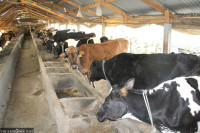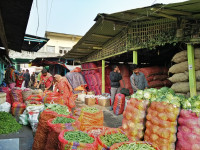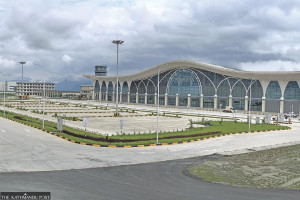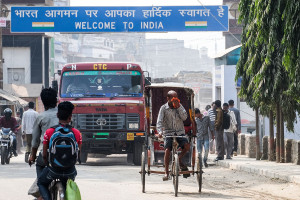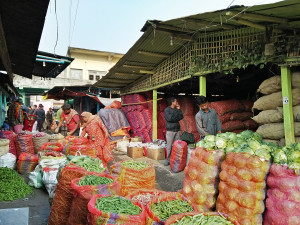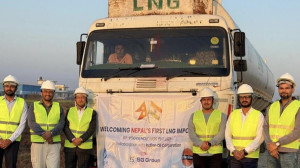Money
Skilled Nepalis abroad earn 27pc more than unskilled
Skilled Nepalis working abroad earn around 27 percent more than unskilled overseas migrant workers, a latest study of the Nepal Rastra Bank (NRB) shows.
Skilled Nepalis working abroad earn around 27 percent more than unskilled overseas migrant workers, a latest study of the Nepal Rastra Bank (NRB) shows.
Skilled Nepalis who have left the country for employment purpose send home Rs612,429 on an average per year, while unskilled workers transfer an average of Rs483,965, says the NRB report titled “Savings and Investment Pattern of Remittance Beneficiaries”.
The report shows skilled Nepalis with educational qualification of Grade 10 or more send home an average of Rs702,351 per year, while the illiterate and unskilled lot remit Rs206,000 on an average a year, indicating a wide income disparity between educated cum skilled people and uneducated and unskilled ones.
The report was prepared based on a survey conducted among 320 households in 16 districts, namely Jhapa, Sunsari, Tehrathum and Khotang in the east, Dhanusha, Kathmandu and Chitwan in the central region, Kaski, Baglung, Gorkha and Rupandehi in the west, Dang and Kalikot in the mid-west, and Bajura, Kailali and Baitadi in the far-west.
The report shows 53.1 percent of those working abroad have academic qualification of Grade 10 or more, while 44.1 percent could read and write but have failed to pass the Grade 10 exams. However, 2.8 percent of the overseas migrant workers cannot read and write. “With the rise in number of educated and skilled Nepalis leaving the country for employment purpose, remittance flow is also increasing,” says the report. “But as households are witnessing rise in flow of money sent from abroad, members of families receiving remittance have started focusing more on leisure than work. This can hit economic activities in the country and affect production of goods and services.”
This calls for the need to engage members of remittance-recipient households in income generating activities, adds the report.
Lately, remittance has emerged as the backbone of the economy. Today, at least two thirds of households in Tarai, and half of the households in hilly and mountainous regions receive remittance.
The study shows the main source of income of 38.4 households covered by the survey is remittance, while 18.8 percent of households completely depend on remittance to cover expenses related to consumption.
Members of these households are likely to suffer and even fall back into the traps of poverty if unfortunate events hit the countries that absorb Nepali workers, says the report.
“These concerns need to be addressed by policymakers.” In this regard, the report has proposed that certain portion of shares of infrastructure and real-sector companies floated through initial public offering be allocated for remittance-recipient households. This way the money sent by overseas migrant workers can be channelled to productive sectors.
Currently, 23.9 percent of the remittance income is spent on daily consumption, while 25.3 percent is spent on repaying loans obtained by the overseas migrant workers or their family members, says the report. Also, 9.7 percent of the remittance income is spent on health and education, 3.5 percent on social works, three percent on creation of assets, 1.1 percent on business and 5.5 percent on other areas.
But, surprisingly, 28 percent of remittance income is converted into savings by remittance-recipient households.
This finding comes at a time when many have been complaining about remittance income being exhausted in consumption. People have this perception because Nepal Living Standards Survey (NLSS) 2010/11 conducted by the Central Bureau of Statistics states that 79 per cent of the total remittance received by each household in the country is used for “daily consumption”.




 18.12°C Kathmandu
18.12°C Kathmandu

